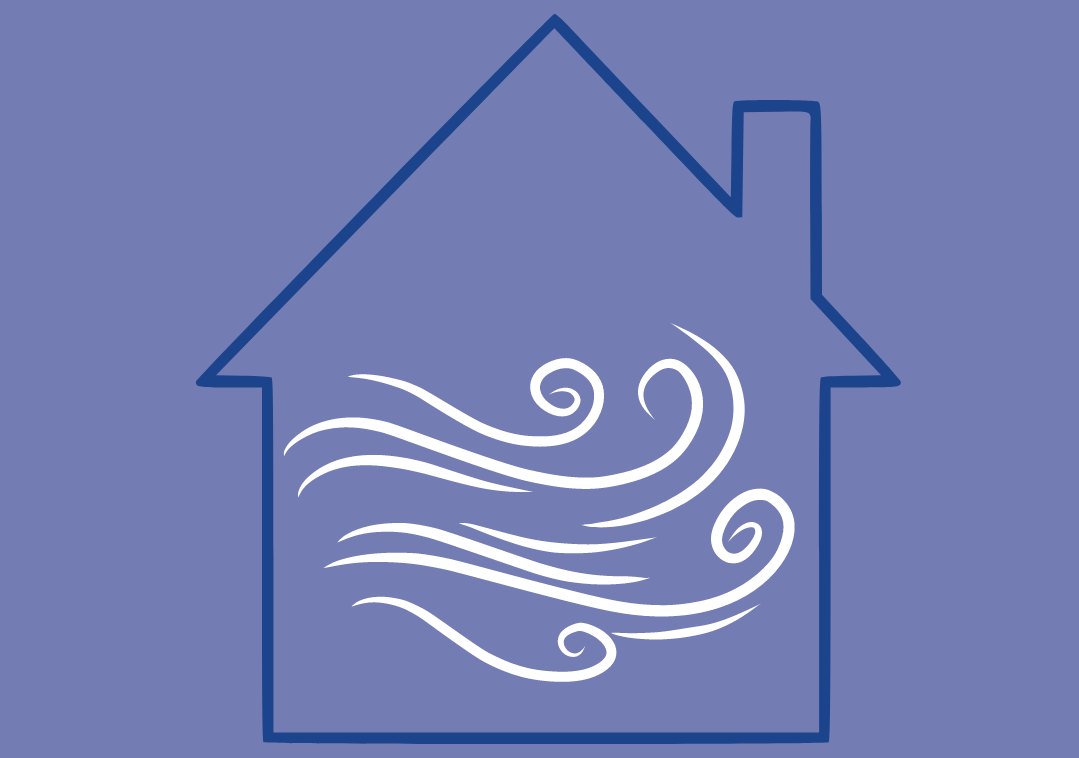Improving Air Quality as a COVID Mitigation Strategy

To combat the rapid spread of airborne pathogens such as COVID-19 primarily in indoor areas, the government has stressed that improving and increasing ventilation and filtration in the air can significantly reduce the burden of COVID-19, as well as decrease the transmission of flu and respiratory viruses.
Senior and long-term care communities are encouraged to call on indoor air quality experts for guidance on improving ventilation and filtration. Conduct maintenance checks to ensure HVAC systems are running as intended.
Investing in efficient and cost-effective portable air cleaners is also recommended. Portable air purifiers can cut the risk of transmitting airborne and surface-contact pathogens by 64%, according to a recent study that simulated conditions of airborne particle transmission. The devices can also keep up to 90% of infectious airborne particles from entering a neighboring room.
Last year the White House launched the Clean Air in Buildings Challenge wherein senior care communities can sign a pledge to improve ventilation and filtration systems. Providers are eligible for grants to improve HVAC and other ventilation and filtration systems as part of the American Rescue Plan, which is providing $350 billion to state and local governments.
“We have to bring the burden of respiratory pathogens down,” says Ashish Jha, MD, the White House COVID-19 response coordinator. “And the single biggest structural change that we can make as a society is to do for indoor air quality what we’ve done for water quality. We need healthy buildings because we need healthy communities.”
Click here to read more.